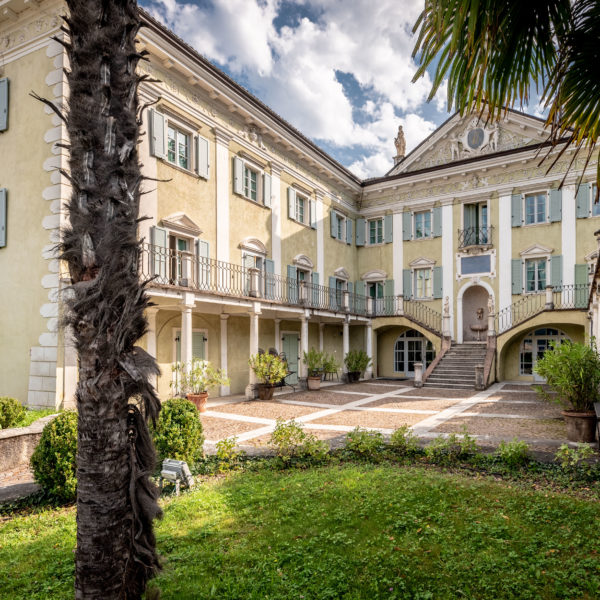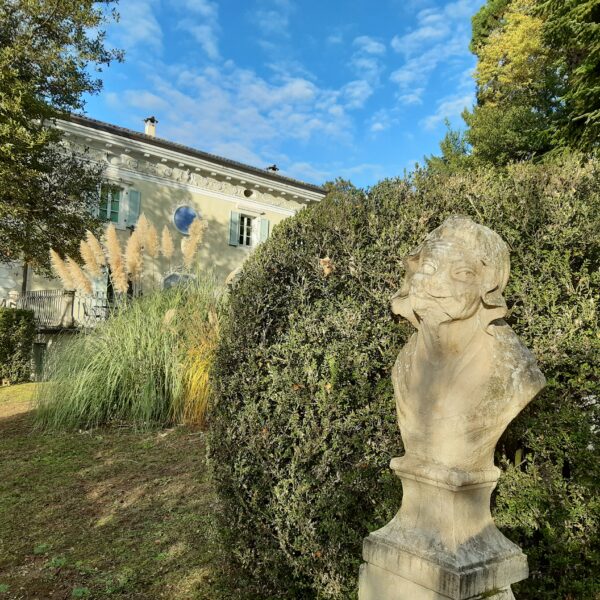Past Workshops
-
The workshop will bring together experts from nuclear physics, astrophysics, and cold atomic gases to develop an improved understanding of the physics of strongly interacting matter, with a particular focus on neutron stars. The main topics of the workshop will be microscopic calculations of the equation of state, insights from other systems such as cold atomic gases, observations of neutron stars and neutron star mergers, the physics of the neutron star crust, and experimental constraints on neutron-rich matter.More info
-
Machine learning will define the 21st Century: from simple image classification to text generation and decision making, its impact on society will be nothing but immense. At present, the detailed mechanisms behind the power of AI still evade our understanding; growing evidence, however, suggests that it is possible to rationalise how deep learning works in terms that are very familiar to theoretical physicists, that is, the renormalisation group. The systematic, hierarchical coarsening of detailed information into increasingly simpler and more collective features is a cornerstone of modern physics, and it can be leveraged not only to make sense of machine learning’s baffling capabilities, but also and most importantly to steer its development. This workshop will explore the area where theoretical physics of soft and condensed matter and deep learning overlap, looking for novel and more powerful tools to model, investigate, and understand the world around us.More info
-
Permanent electric dipole moments (EDMs) provide a key experimental test of Standard Model CP-violation, and a means to search for and constrain the new physics processes needed to explain our universe's observed matter-antimatter asymmetry. This motivation and impact n high-energy physics unites EDM research, which nevertheless relies on a diverse set of experimental methods and theoretical tools to fully develop its potential. This workshop is based in a European initiative to identify and strengthen connections among the groups pursuing improved measurements and calculations, as well as conceptual bridges such as phenomenology and global analysis. The major classes of experimental systems are represented (leptons, hadrons, bare nuclei, diamagnetic and paramagnetic atoms and molecules), and key theoretical topics for the interpretation of experimental results are emphasized (nuclear DFT, lattice QCD, atomic and molecular structure, chiral EFT) in addition to dedicated calculations of observables arising from specific models.More info
-
In this workshop we plan to introduce the ideas of a new interdisciplinary field ‘Nuclear astrochemistry’. This brings together disparate fields of nuclear physics with the rapidly emerging field of astrochemistry to explore the processes of star formation (and death) and planet formation and how they create the conditions that may allow life to evolve and be sustained. In the workshop, the first of its kind, we will bring together leading experts in these fields together with early career researchers who will develop this new field through observations (using JWST), theoretical models and simulations and laboratory studies to address the fundamental questions of how the elements and molecules of life are created in the universe and the consequences for the search for life beyond Earth and our solar system.More info
-
The nuclear matter in heavy-ion collisions (HICs) starts as a far-from-equilibrium system, which eventually thermalizes into a nearly ideal liquid -- the quark-gluon plasma (QGP). Experimental studies of this matter are highly non-trivial since the information is entangled in multiparticle correlations. This issue can be surpassed using hard probes (HPs) such as hadronic jets, which are successful in extracting the QGP properties. However, a real-time tomography in HIC requires a detailed understanding of the interactions throughout the entire evolution. Recently, there were multiple developments in the theory of probe-matter interactions, during the initial and intermediate stages of a HIC, and in the evolving QGP. These theoretical efforts are strongly motivated by the near future experimental programs such as the HL-LHC and sPHENIX. In this workshop, we will focus on these developments, explore their phenomenological implications, seek for new tomographic observables, and investigate how these advances can be applied to smaller systems.More info
-
The workshop aims at exploring in depth the current status and upcoming prospects in the determination of the QCD coupling constant alpha_S(m_Z) from the key observables where high precision measurements and theoretical calculations are (or will be) available: lattice QCD, hadronic decays of tau leptons, deep-inelastic electron-proton scattering and global parton density analyses, QCD corrections to electroweak precision observables, and analysis of hadronic final states in high energy particle collisions (e+e-, ep, and pp).More info
-
ALPACA addresses a core question in experimental and computational physics: how to get the most information from the data? In recent years, the technical availability, the friendliness of use and completeness of the resources coming from the application of increasingly sophisticated techniques in algorithms, machine learning (ML) and data analysis is allowing substantial gains in science and its applications, which were impossible to even imagine before.More info
-
The proposed workshop has a broad scope embracing few-body quantum systems at the edge between stability and instability, in atomic, nuclear and hadronic physics. The main purpose is to bring people together from different communities, and focus on the interdisciplinary aspects of techniques, methods, concepts and ideas surpassing the specialization of the different subfields of physics. In spite of the difficulty to identify similarities among the approaches in several fields, the effort in this direction may be very useful. The progress in science would clearly be faster if we could ``speak the same language'' and immediately distribute the knowledge from one field to another. Collaborations crossing the subfield barriers is an efficient method to spread new insights. The aim of this series of workshops is the improvement of the flux of information and cross- fertilization between different subareas of Few-Body Physics.More info
-
The workshop's scope is to advance towards a roadmap outlining the near and midterm plans for a better understanding of the physics laws governing the interaction between strange and standard nuclear matter at very low energies. Low Energy Strangeness QCD (LESQCD) is not an exact theory, and the present knowledge on this interaction is provided by chiral effective SU(3) theories, meson exchange models, and Lattice QCD calculations.More info
-
This workshop aims to bring together specialists in the field as well as young practitioners to discuss in-person the latest developments on these studies. Special attention will be paid to summarize and make available to the larger community the results of the workshop discussions by publishing them in the form of proceedings or a special issue of a journal, provided that funding allows it.More info



